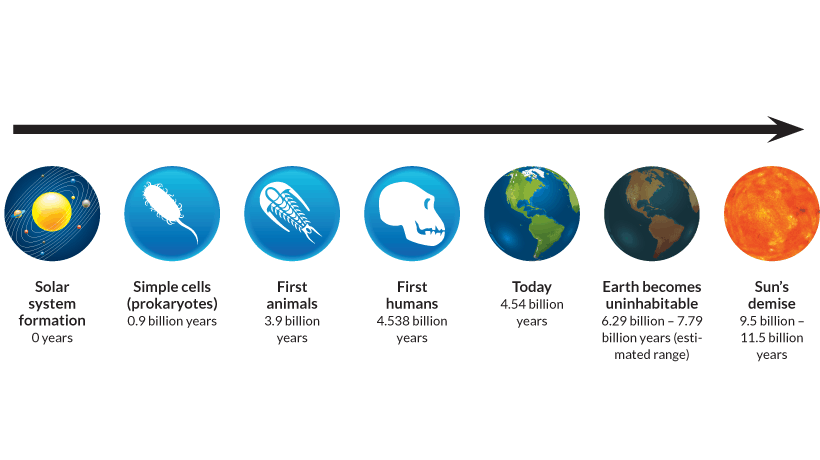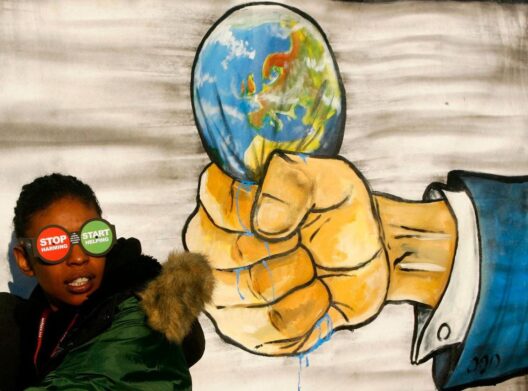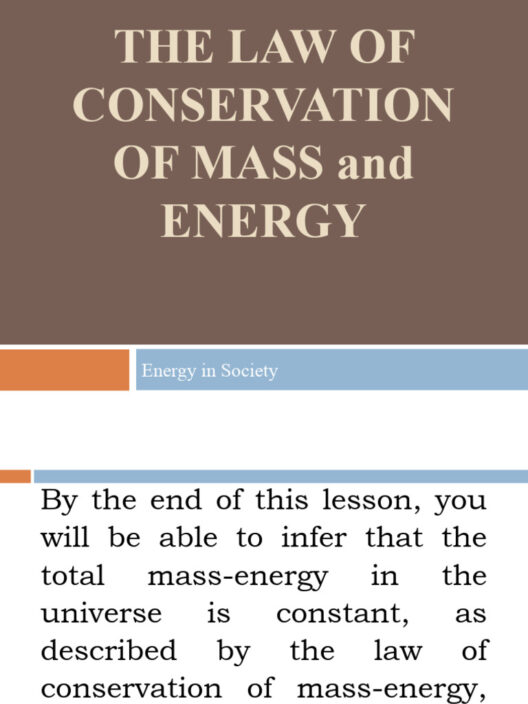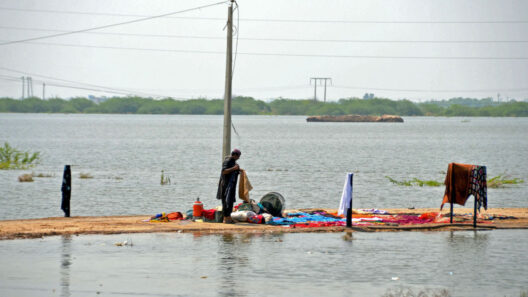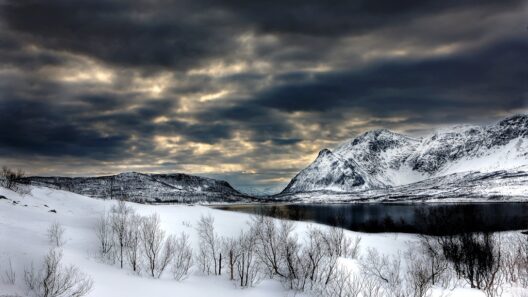The notion of an uninhabitable Earth has permeated public discourse, igniting fervent discussions about the implications of climate change. As our planet experiences unprecedented environmental shifts, one pressing question looms large: when will Earth become inhospitable to human life? Evaluating this question requires an exploration of scientific projections, the potential societal ramifications, and the underlying psychological factors that drive our fascination with dystopian futures.
The scientific consensus suggests that climate change is already imperiling ecosystems and human societies alike. According to climate models, the Earth is on track for significant temperature increases within this century. Projections indicate that, if current trajectories continue, an increase of 1.5°C above pre-industrial levels could be reached as early as 2030. Such an increase, albeit seemingly modest, could unleash catastrophic effects. Sea levels could rise, extreme weather events will likely exacerbate, and the ecological balance that sustains human existence will be disrupted.
Yet, the timelines often cited may be misleading. Many individuals are drawn to dire predictions about when the Earth will become uninhabitable, which often evoke intense emotions. The year 2100 has become a focal point for many climate activists. In this context, scientists assert that consistent global temperature increases could set in motion a chain reaction of events that destabilizes planetary habitability. However, the evolution of such conditions might not adhere to a straightforward timeline; rather, they will manifest through exacerbated natural disasters, food and water scarcity, and societal unrest.
A deeper exploration of current environmental crises unveils a troubling reality. The Intergovernmental Panel on Climate Change (IPCC) reports that extreme heat waves, droughts, and floods are becoming more frequent and severe. These phenomena are not isolated incidents, but rather indicators of a transformation that poses a considerable threat to human sustenance. The potential for some regions to become completely uninhabitable as a result of these shifts raises the specter of mass migrations and geopolitical conflict.
Migration can be one of the most visceral manifestations of climate change. Areas that have historically supported populations may no longer be viable due to rising temperatures and diminishing resources. The concept of ‘climate refugees’ has emerged, denoting displaced individuals who are fleeing inhospitable climates. By 2050, it is estimated that up to 200 million people could be forced to relocate, straining urban centers that may already be ill-equipped for such influxes. This migration is not merely a demographic shift; it is a harbinger of conflict over resources, which may become increasingly precarious.
In addition to the human toll, climate change poses considerable risks to global biodiversity. Ecosystems, which have developed through millions of years of evolutionary processes, are being disrupted at an alarming pace. The extinction rate has accelerated to a level that surpasses historical backgrounds. The International Union for Conservation of Nature (IUCN) highlights that one million species are currently at risk of extinction due to habitat loss, climate change, and pollution. The loss of biodiversity not only undermines the stability of natural habitats but also jeopardizes the vital services that these ecosystems provide—clean air, water, and food security.
The amalgamation of environmental degradation and human vulnerability begs exploration of deeper psychological motifs driving our fascination with an uninhabitable Earth. The narratives of impending doom serve as cautionary tales, prompting collective introspection about lifestyle choices and societal structures. Fear is a potent motivator, galvanizing action, and yet may also lead to despair. This psychological duality shapes public perception and response to climate change, as individuals grapple with the paradox of knowledge and inaction.
Moreover, the allure of dystopian visions often feeds into popular culture, fueling imaginations and societal narratives surrounding climate change. Books, films, and art frequently depict a future ravaged by environmental collapse. These works often hint at our deepest anxieties about the fragility of civilization, triggering discussions about humanity’s role in shaping its own future. While art can be a catalyst for awareness, it can equally paradoxically engender a sense of helplessness in the face of seemingly insurmountable challenges.
Despite the perils that loom ahead, hope resides in our response to climate change. Society has the potential to pivot towards a sustainable future through innovative technologies, legislative policy changes, and collective grassroots movements. Initiatives focused on renewable energy, sustainable agriculture, and conservation efforts are essential to curtailing emissions and fostering resilience. A global commitment to ambitious climate goals, such as those outlined in the Paris Agreement, becomes imperative as we confront a future fraught with uncertainty.
Thus, while the specter of an uninhabitable Earth looms large, it serves as a clarion call to action. The timeline toward irreversible climate impacts remains contingent upon collective human choices. Rather than resigning to fear, individuals and institutions can strive towards a sustainable trajectory that preserves the planet for future generations. Our ability to engage with, understand, and ultimately disrupt the patterns of climate change may hold the key to ensuring that Earth remains a habitable sanctuary for all life.
Ultimately, the question of when the Earth will become uninhabitable due to climate change transcends mere timelines and predictions. It embodies our quintessential interdependence with the environment and urges a reevaluation of our relationship with nature. Confronting the realities of climate change invites not only fear but also the potential for profound transformation and a renewed commitment to stewardship of the Earth. The science is clear; the urgency is acute. The time for concerted action is now.



